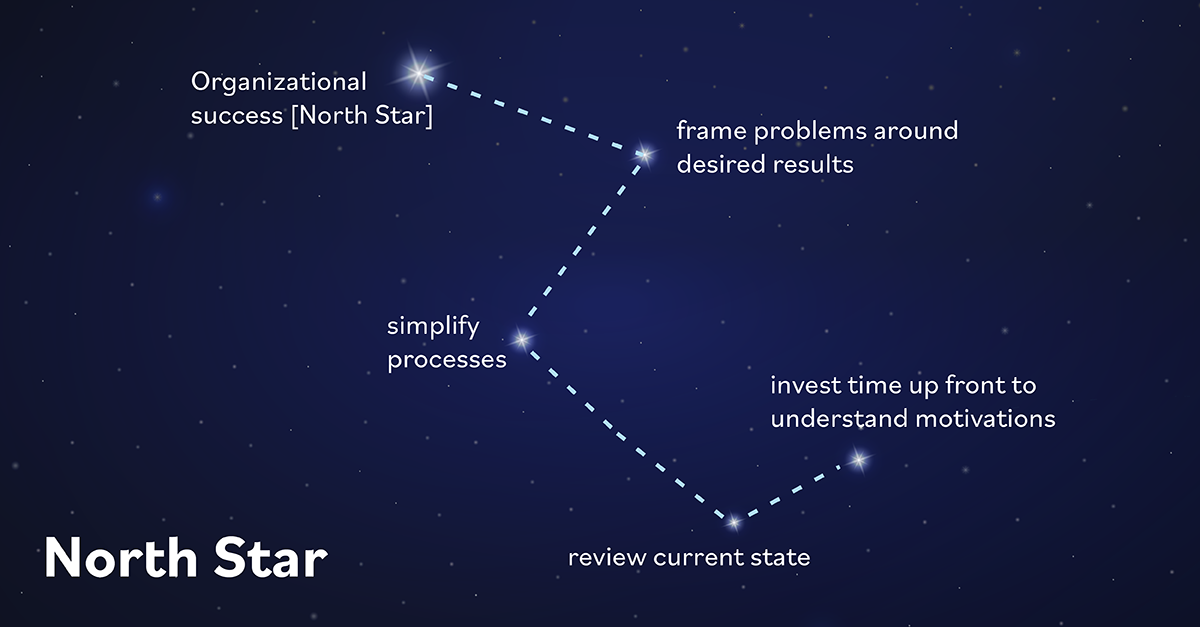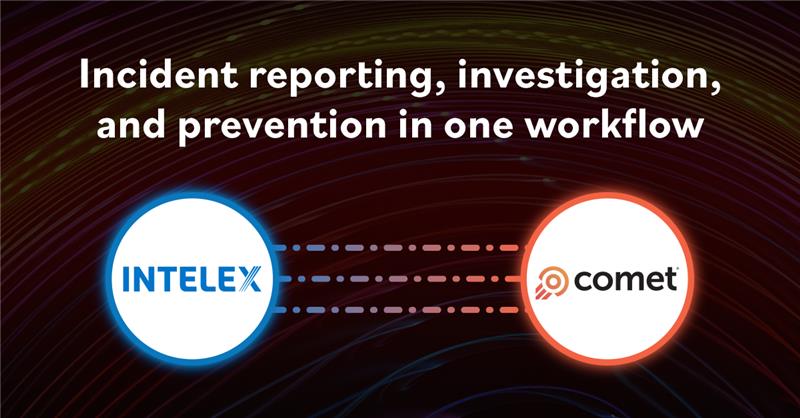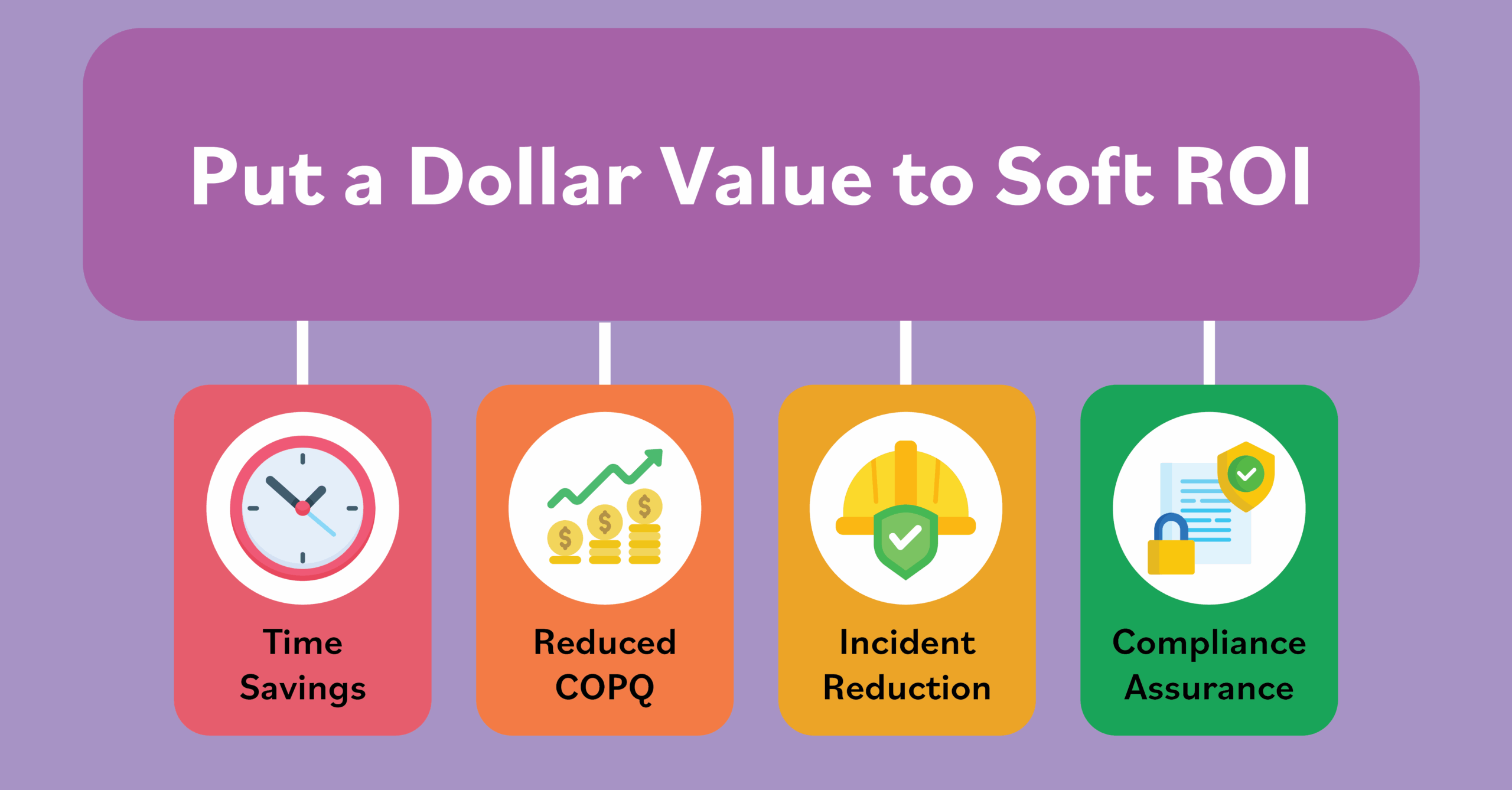Passing the Test: How Good Is your Safety Management System?
December 14, 2018
I talk a lot about management systems and why a good one is imperative to sustainable business success.
A management system, simply put, is the playbook in how an organization manages its moving parts to achieve its goals. The level of simplicity or even the complexity of such a system is entirely dependent on things like organization size, the business functions needing control, the business sector and even legal obligations, just to name a few.
Specific to safety, a Safety Management System (SMS) is a systematic approach to ensuring safety. What it is not is a set of rules based on regulatory standards such as OSHA or the HSE. The SMS is a collection of management elements that are identified and evaluated to develop and execute plans to gain and sustain control within a process framework. While organizations will decide what features the Safety Management System needs to control, the general areas for best control consideration include:
- Management Leadership and Commitment
- Hazard and Risk Identification, Evaluation and Control
- Safety and Health Participation and Communication
- Workplace Inspections
- Rules, Procedures and Written Instruction
- Incident Investigation
- Safety and Health Training and Skill Development
- Emergency Response Planning
- System Administration and Auditing and Control
- Document Control
Implementation of an effective safety management system begins and continually evolves with a thorough review of your current safety management system to identify the gaps that pose greatest loss potential. Stealing an idea from LEAN called Kaizen, the beginning effort in gaining process strength is first to determine the appropriate target areas for improvement. To understand the “mess” and the areas that are not meeting performance expectations or the areas that could have significant adverse impacts to the organization if the loss is experienced, is how I describe it.
Consider the following areas as essential information in your evaluation:
- Records of past incidents, injuries, illnesses and near misses. Review OSHA logs, first aid logs, workers’ compensation reports and complaints.
- Trends in your lagging indicators such as Total Incident Rates (TIR), Lost-Time Incident Rate (LTIR), Days Away, Restricted or Transferred Rate (DART), workers’ compensation loss data.
- Progress toward risk reduction and the efforts to identify, assess and prioritize risk.
- The effectiveness of efforts to identify, assess and prioritize management system insufficiencies
- Status updates and trends for the corrective actions and preventive actions plan.
- Perceptions from employees, supervisors and managers.
- Follow-up actions and status updates from safety and health management system audits and the outputs from other management system audits affecting the safety management system.
- Performance of the safety and health management system relative to expectations, considering changing circumstances, resource need, alignment of the business plan and general consistency of the organization’s occupational health and safety policy.
Evaluation of a safety management system is a process that takes a while and is never done. More accurately said, if it’s not a cyclical process, and if not done at least annually, you are probably not going to gain an understanding of the elements that are working well nor the gaps that need to be strengthened. Additionally, evaluation of the safety management system is not work done best in isolation. Leaders and managers need to be involved because they are overall responsible for the management system. Employees should be included because they are affected by the management system.
If the evaluation is performed well, an SMS can be developed and executed with proper program monitoring, and there’s little doubt that your results of reducing the costs of injury and illness, as well as damage to property and the manufacturing process, will far exceed the cost of implementing programs within the Safety Management System framework.
An Insight Report from Intelex Technologies authored by BLR Media – publishers of EHS Daily Advisor – explores tactics and considerations for how to obtain greater involvement and support across an organization for a successful EHS software implementation. Entitled, Implementing New EHS Software: Revealing Value, Gaining Buy in and Engaging Employees, the report is available here.







